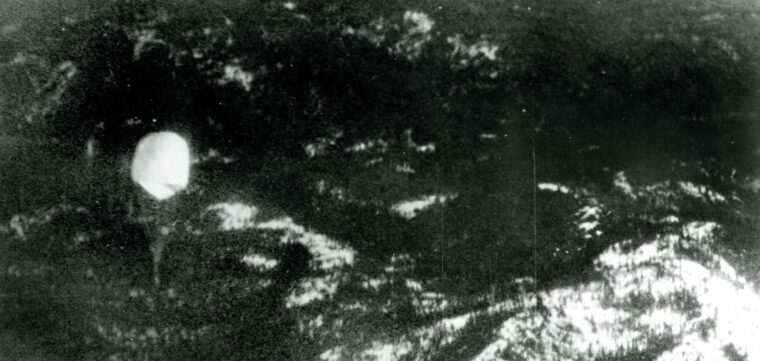
Ordnance
Hot Air “Fire Balloons”: Japan’s Project Fugo
By Darrell W. CoulterIt crossed silently on a chilly winter evening over the southern Oregon coast, descending slowly, its ballast spent. Read more

Ordnance
It crossed silently on a chilly winter evening over the southern Oregon coast, descending slowly, its ballast spent. Read more
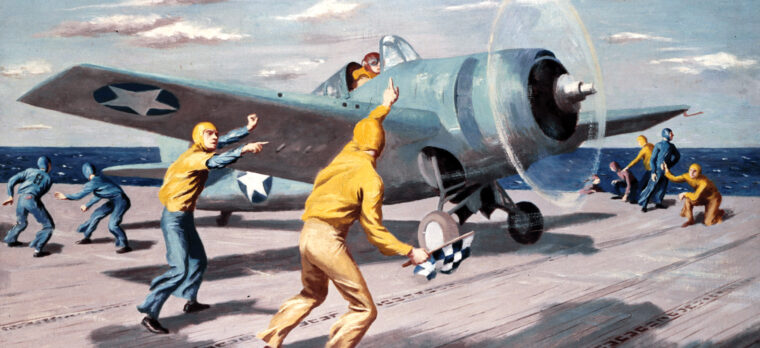
Ordnance
From the time of the Wright brothers, the vast majority of aircraft were biplanes with two wings stacked one above the other. Read more
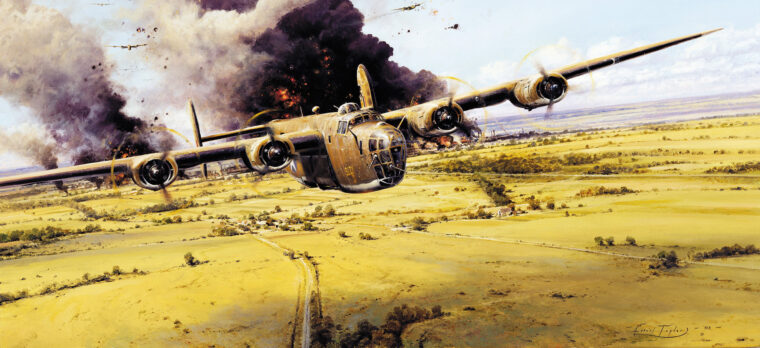
Ordnance
A host of famous fighters and bombers in the Allied arsenal spearheaded the aerial offensives that helped secure victory against the Axis powers in World War II. Read more
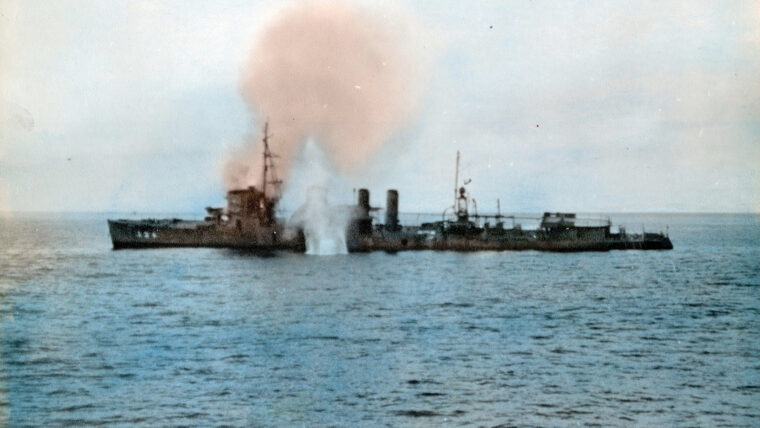
Ordnance
The Spanish-American War saw the development of the torpedo as we know it today. It was not the static mine of the Civil War but a propeller driven, waterborne explosive device. Read more
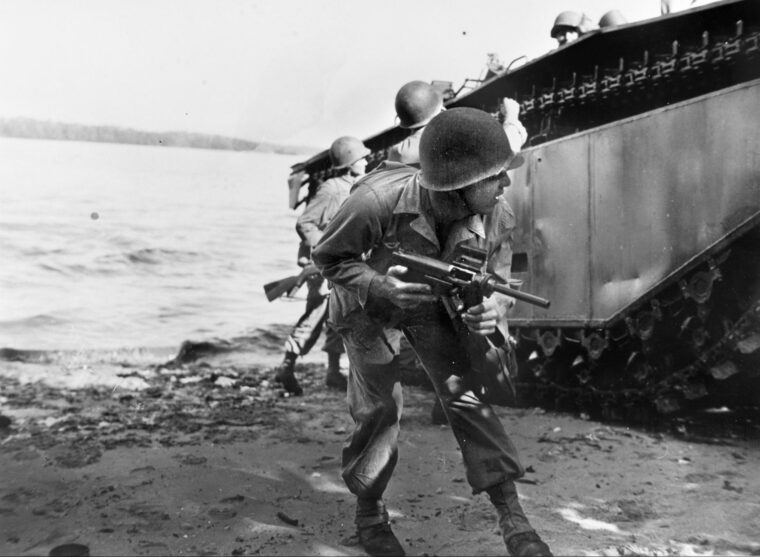
Ordnance
No one ever used the words “graceful” or “elegant” to describe the M3 submachine gun. Instead, those soldiers, sailors and Marines who carried it called the M3 a “plumber’s nightmare” or “the cake decorator.” Read more
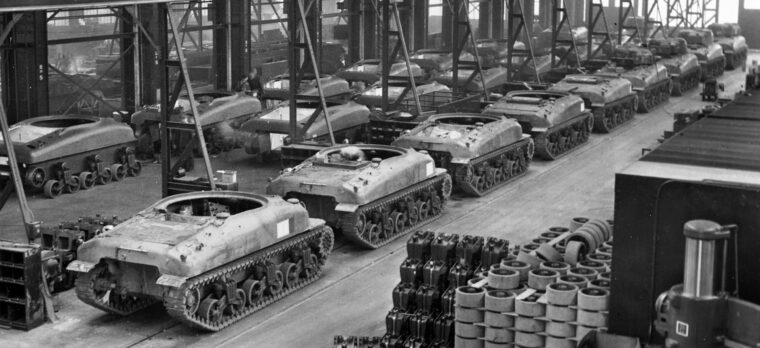
Ordnance
Early on the gray, chilly afternoon of Tuesday, December 26, 1944, a column of mud-stained Sherman medium tanks, armored cars, and half-tracks of the U.S. Read more
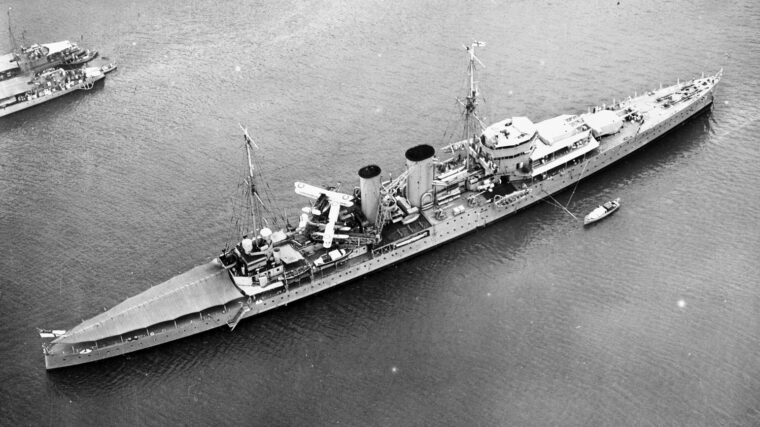
Ordnance
The four ships that raced into battle on December 13, 1939, off the mouth of the River Plate were, as historian and novelist Len Deighton tartly observed, “three different answers to the question that had plagued the world’s navies for half a century: what should a cruiser be?” Read more
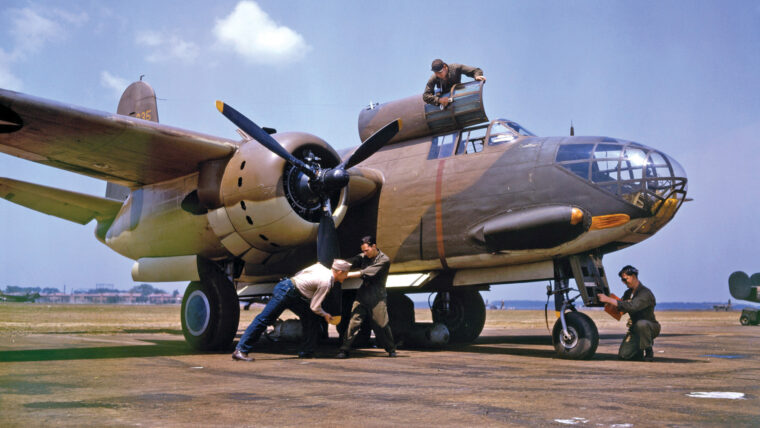
Ordnance
Few airplanes can claim the honor of being credited with changing the course of World War II, but the Douglas A-20 Havoc twin-engine light bomber is one that can. Read more

Ordnance
In one of the most gripping scenes of the 1960 motion picture Sink the Bismarck! the viewer is witness to the climactic moment of the Battle of the Denmark Strait on May 24, 1941. Read more
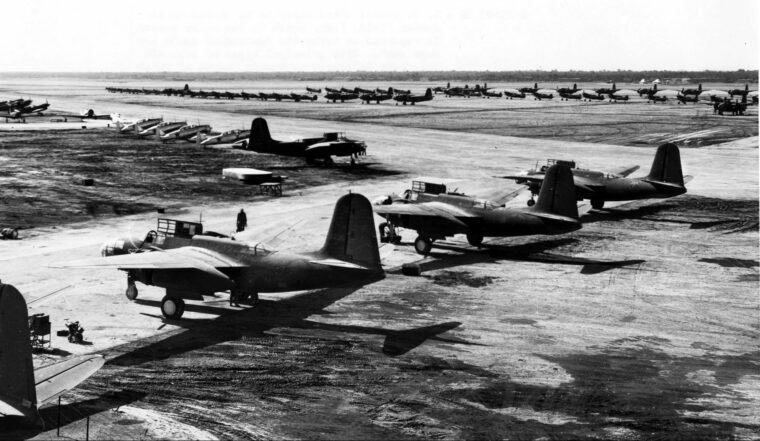
Ordnance
Following the apocalyptic initial phase of Operation Barbarossa starting on June 22, 1941, the Germans inflicted crippling losses on the Red Army Air Forces (VVS) and the Soviet Naval Air Forces (VVS-VMF). Read more
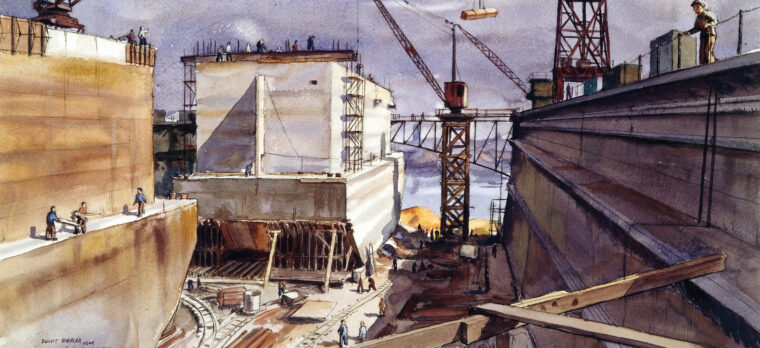
Ordnance
One of the major aims of the great Allied invasion of German-Occupied France on D-Day, June 6, 1944, was the securing of the port of Cherbourg on the Cotentin Peninsula in Normandy. Read more
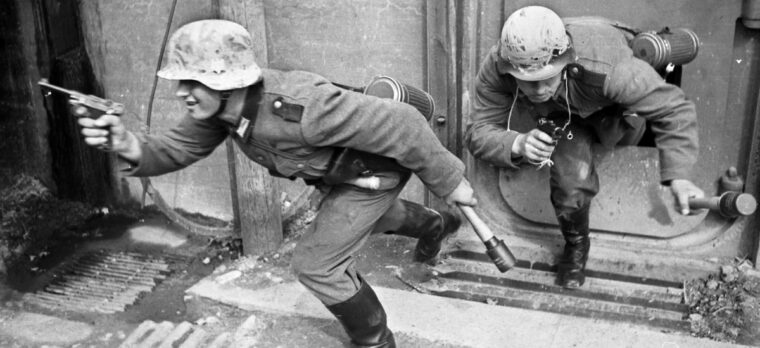
Ordnance
The German Luger is, most likely, the most famous pistol in modern warfare. Almost every World War II movie ever made featuring German armed forces seems to show it as an integral part of its action sequences. Read more
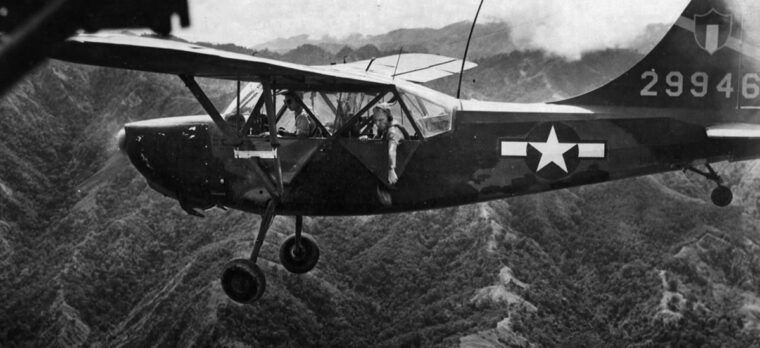
Ordnance
Despite being caught up in the tide of isolationism prevalent duringthe interval between the world wars, the United States Army was lucky enough to have Congressional funding for the further development and expansion of its fledgling air arm, known initially in 1926 as the Army Air Corps and in 1941 renamed the Army Air Forces. Read more
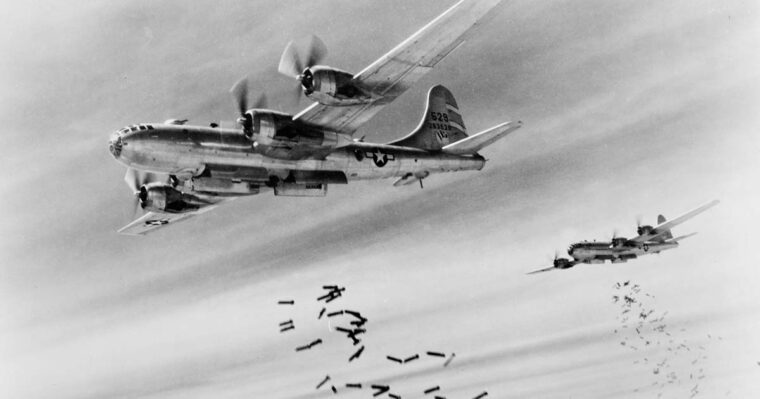
Ordnance
The Boeing B-29 Superfortress was a game changer. First rolling off the assembly line as a production aircraft in July 1943, the Superfortress was the answer to America’s need for a high-level long-range strategic bomber. Read more
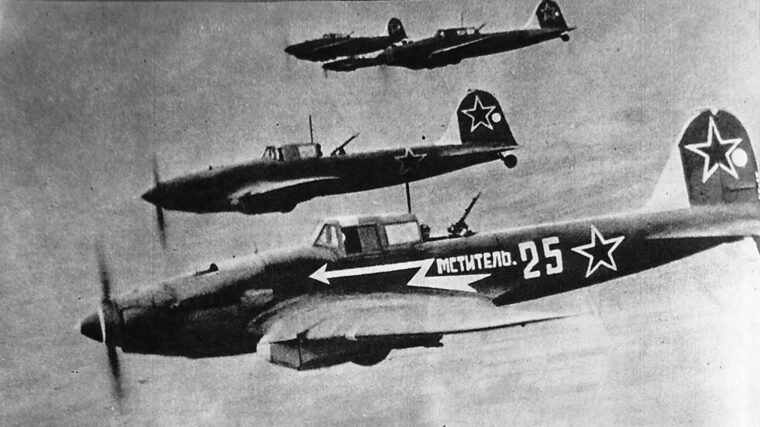
Ordnance
Vasily Emelianenko led a flight of Soviet Ilyushin IL-2 Shturmoviks, or “Storm Birds,” in late June 1942 against a German-held airfield near Artemovsk in eastern Ukraine, flying low up a deep ravine to avoid detection. Read more
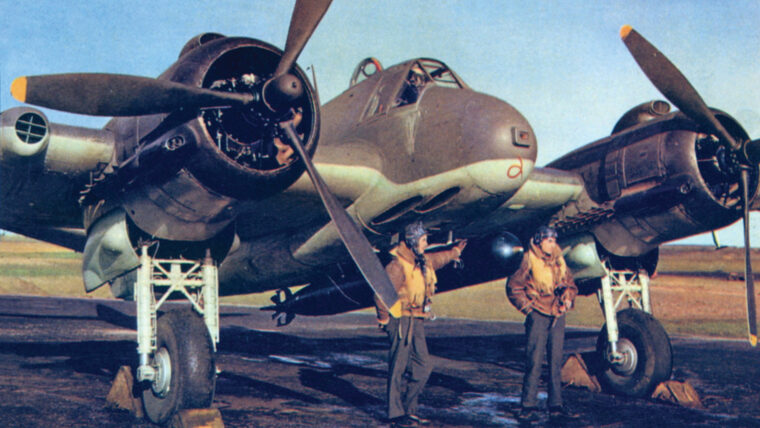
Ordnance
The day’s flight was to be a fairly typical “rhubarb,” or a fast freelance strike, for the two pilots in their Bristol Beaufighters. Read more
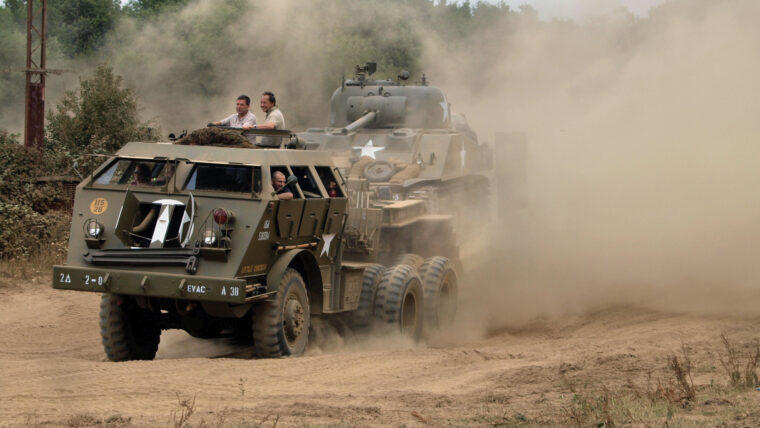
Ordnance
America’s involvement in World War II was so deep and broad that it demanded that virtually every citizen, farm, and company become involved. Read more
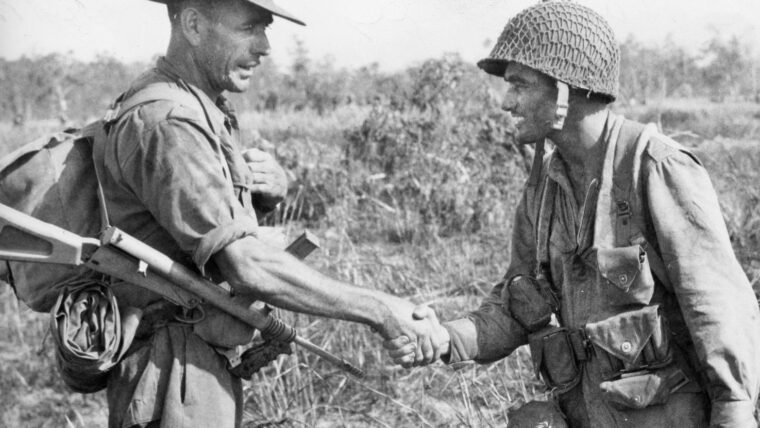
Ordnance
A casual observer of World War II photographs after 1943 will often notice slouch hat- or beret-wearing Australian “diggers,” or armed Melanesian natives in the Australian Constabulary battalions, slogging through the muck and jungle of New Guinea, Bougainville, New Britain, and Borneo carrying a rather odd-looking weapon with a vertical top-mounting magazine. Read more
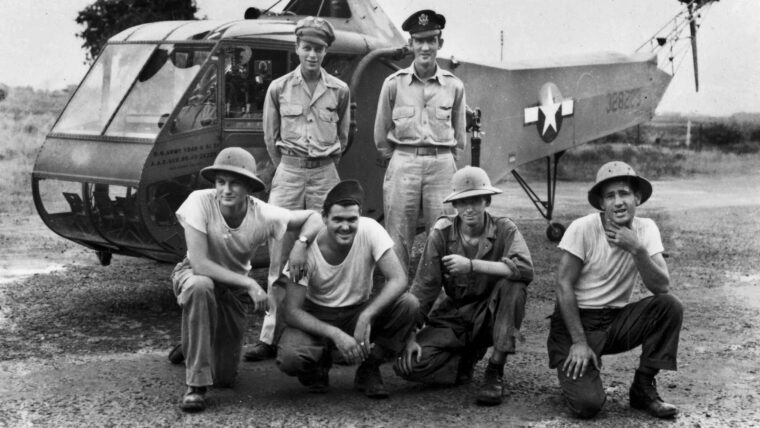
Ordnance
On September 14, 1939, Igor Sikorsky attained stability and control with the initial flight of an open cockpit test bed known as the VS-300. Read more
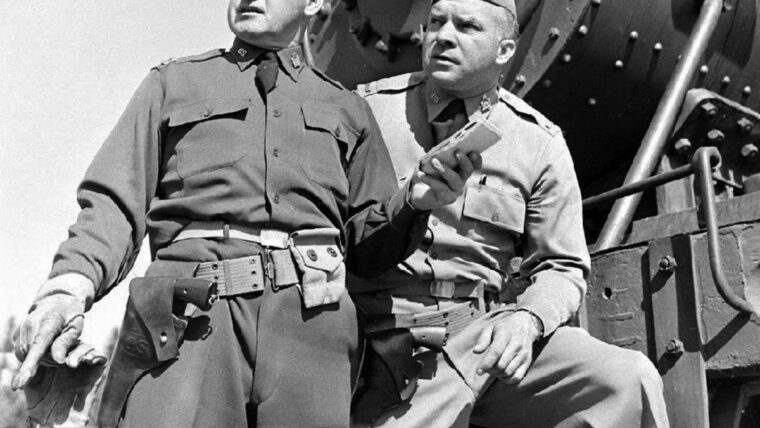
Ordnance
Many handgun enthusiasts’ blog entries recount how they stumbled onto a local gun show table only to find a dull-finished revolver that clearly bore the impression “Colt Commando .38 Special” on the left side of the barrel. Read more